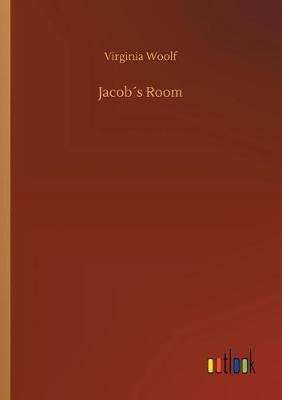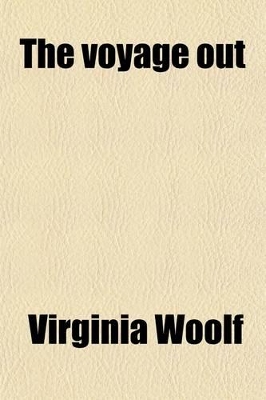Classic, 20th-Century, Penguin
2 total works
Jacob's Room is Virginia Woolf's first truly experimental novel. It is a portrait of a young man, who is both representative and victim of the social values which led Edwardian society into war. Jacob's life is traced from the time he is a small boy playing on the beach, through his years in Cambridge, then in artistic London, and finally making a trip to Greece, but this is no orthodox Bildungsroman. Jacob is presented in glimpses, in fragments, as Woolf breaks down traditional ways of representing character and experience. The novel's composition coincided with the consolidation of Woolf's interest in feminism, and she criticizes the privileged, thoughtless smugness of patriarchy, "the other side", "the men in clubs and Cabinets". Her stylistic innovations are conscious attempts to realize and develop women's writing and the novel dramatizes her interest in the ways both language and social environments shape differently the lives of men and women. This book is one of ten World's Classics by Virginia Woolf, and comes with an introduction and explanatory notes to provide guidance for readers new to this author.
"The Voyage Out", written in 1915, is the story of a rite of passage. When Rachel Vinrace embarks for South America on her father's ship she is launched on a course of self-discovery in a modern version of the mythic voyage. Virginia Woolf knew all too well the forms that she was supposed to follow when writing of a young lady's entrance into the world, and she struggled to subvert the conventions, rewriting and revising the novel many times. The finished work is not, on the face of it, a "portrait of the artist". However, through "The Voyage Out" readers discover Woolf as an emerging and original artist: not identified with the heroine, but present everywhere in the social satire and the lyricism and patterning of consciousness. General readers, students and teachers of English literature, and Women's Studies may find this work interesting.

